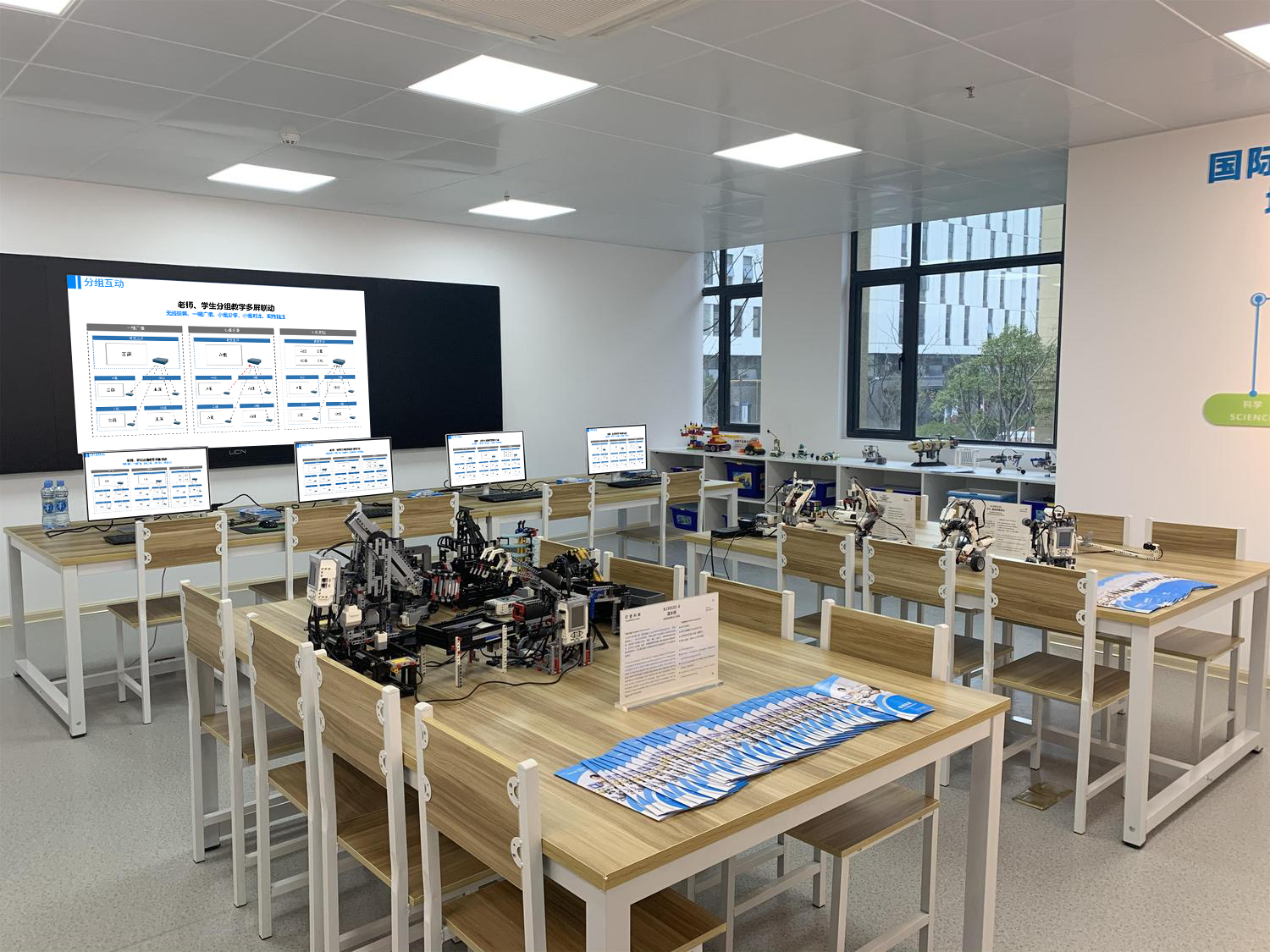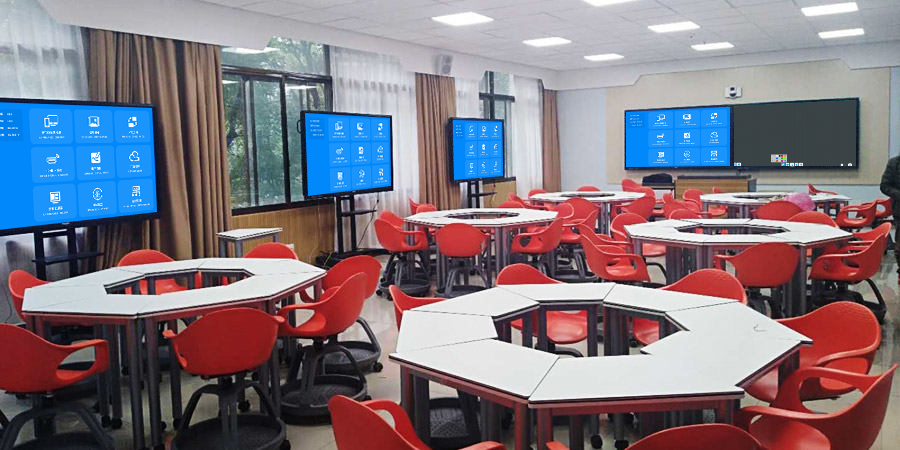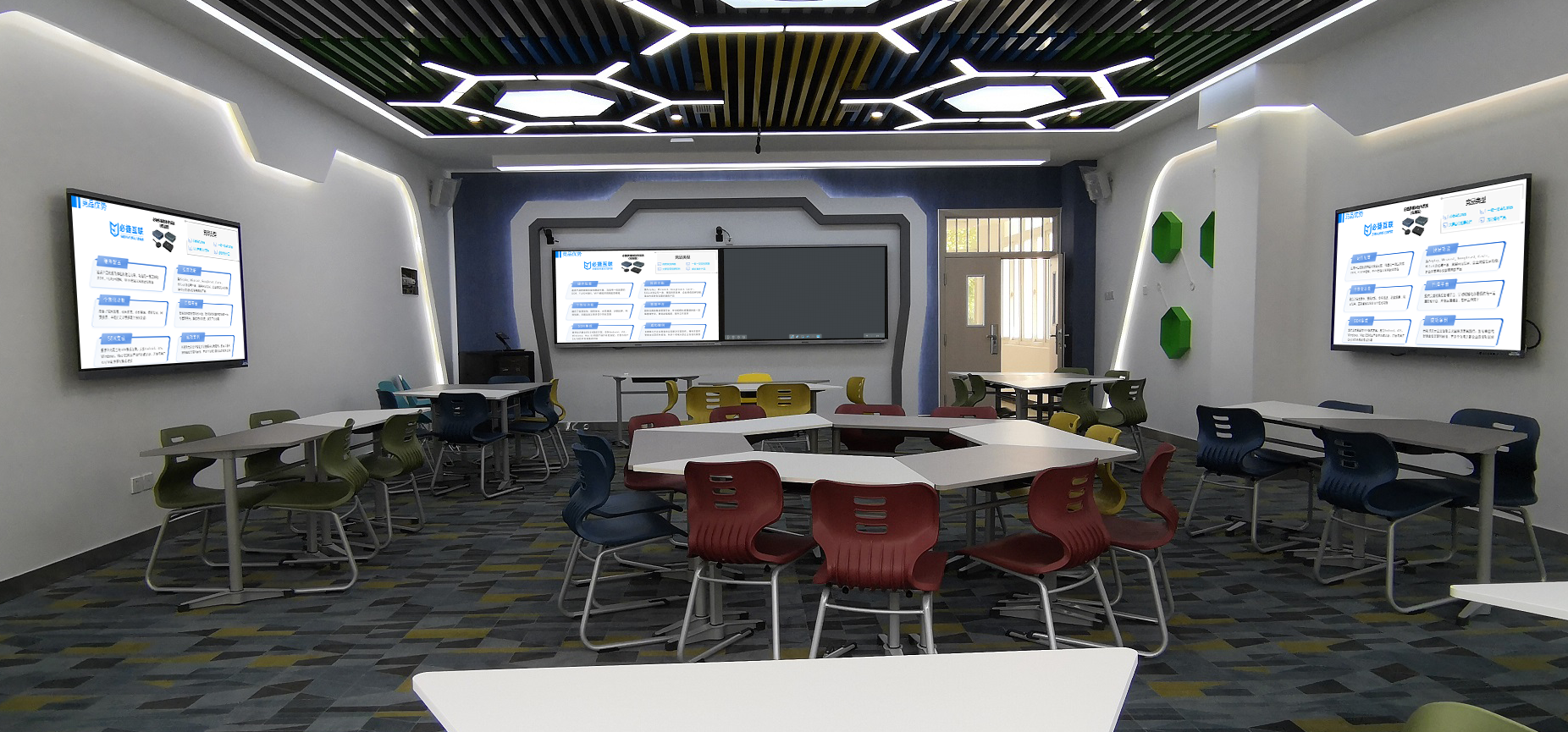Multi-Screen Interaction: Breaking Free from Single-Screen Limitations for Device Collaboration
At its core, multi-screen interaction technology is about interconnectivity. It weaves phones, computers, tablets, and large displays into a collaborative network. By enabling the free flow of content and bidirectional operational linkage, it transforms the function of a single device into the combined power of multiple terminals. This reshapes the logic of collaboration in office, education, and entertainment, elevating both efficiency and experience.
I. All-Device Interconnection: Building a Borderless Collaborative Space
(I) Cross-System Multi-Device Concurrency
It supports all operating systems—iOS, Android, Windows, and macOS—being online simultaneously, with a single scenario stably connecting up to 16 devices. Client requirement documents from a phone, data models from a computer, and handwritten sketches from a tablet can all be presented simultaneously in a split-screen on the main display. In a corporate strategy meeting, the CEO can mirror core objectives from their computer, the Marketing Director can push a competitive analysis from their phone, and the Product Manager can annotate feature priorities on their tablet. With multi-screen content linked in real-time, all decision-making information is presented in a panoramic view without needing to be passed around.
(II) Flexible Dynamic Role Switching
Devices can switch between “sender” and “receiver” roles at any time. The main screen can receive a live video feed from a phone and also push an annotated proposal to a tablet. A group screen can display a design from a computer and also push the discussion results back to the main screen. In a 60-person classroom, after the teacher’s main screen distributes preview materials, groups can use tablets to break down a problem. The resulting mind map can be “pinned” to the main screen with one click. While the whole class compares the results, the main screen can then push a common problem analysis to the group screens. Device roles switch naturally based on the needs of the scenario, with no need for a new connection setup.
II. Innovation in Interactive Features: From Content Delivery to Co-creation
(I) Cross-Screen Control and Real-Time Annotation
The large screen can directly control connected devices. In a meeting, use the main screen’s touch interface to flip through a PPT on a computer or annotate a contract clause on a phone. When teaching, a teacher can modify an essay submitted by a student on a tablet directly from the classroom’s large screen, with the changes synchronizing back to the student’s device. It supports 8 people annotating simultaneously with different colors. In a design review, the client can circle the logo’s proportions in red, the designer can annotate adjustment ideas in blue, and the engineer can add process limitations in green. Multi-perspective opinions collide on the same interface, improving solution iteration efficiency by 70%.
(II) Content Drag-and-Drop and Intelligent Integration
It enables seamless file “drag-and-drop” across devices. Live photos from a phone’s album can be directly dragged into a computer report, and an Excel spreadsheet from a computer can be dragged to a tablet for handwritten analysis. When planning an event, a copywriter can collect materials on a phone and drag them to a computer for layout. A data analyst can drag charts to a tablet, combine them with handwritten annotations to generate a visual conclusion, and then mirror it to the main screen for a report, reducing content integration time by 60%. The system can also automatically identify similar files, consolidating scattered client feedback into a comparative table and reducing manual organization costs.
III. Scenario-Based Collaborative Solutions: Making Efficiency Tangible
(I) Office Collaboration Scenarios
- Brainstorming: 8 members can push ideas in real-time from their respective devices. The main screen automatically summarizes them into a mind map, supporting drag-and-drop reorganization of the logical framework. This produces 2 times more effective ideas in 1 hour than traditional meetings, avoiding the problem of “losing ideas in round-robin discussions.”
- Remote Consultation: A remote employee’s computer can mirror to the company’s main screen, while their phone acts as a microphone for real-time speaking. Annotation changes made on the main screen synchronize back to their device, making remote collaboration feel like in-person work and improving communication efficiency by 50%.
(II) Educational Interaction Scenarios
- Group Discussions: 6 groups of tablets can connect simultaneously, with each group mirroring its discussion results. The main screen quickly switches between displays, and the teacher uses a red pen to highlight common issues. In a history class analyzing the “rise and fall of dynasties,” each group’s timeline can be compared in a split-screen view on the large display, allowing students to intuitively discover differences in perspective, which significantly deepens the discussion.
- Differentiated Instruction: The teacher can push different tasks to groups based on student ability. A foundational group can use tablets to practice applying formulas, while an advanced group can use computers to create data models. The results are presented in a split-screen on the main display. During targeted feedback, the main screen can push supplementary materials to a specific group, achieving precise interaction tailored to individual aptitude.
(III) Home Entertainment Scenarios
- Parent-Child Interaction: Parents can select an animated show on their phones, while children draw character stickers on a tablet. The large screen simultaneously combines them into an “interactive animation.” Watching movies is no longer passive reception but a fun, co-creative activity for the whole family. An elder can use the TV remote to swipe through a photo album on their phone, while their children add stories about the photos in real-time on a tablet, making shared memories more personal.
- Multi-Player Gaming: A phone acts as a controller for a game on the large screen, while a tablet displays a teammate’s strategy in real-time. Multi-screen linkage upgrades single-player games to team competitions. Operational latency is controlled within 30ms, so there’s no controversy over who won or lost.
The core value of multi-screen interaction is in transforming device collaboration from a “deliberate connection” to a “natural interaction.” Whether for efficient decision-making in the office, deep co-creation in education, or warm sharing at home, it allows the strengths of each device to be fully realized. Collaboration moves beyond the “limitations of a single screen” to the “combined power of multiple screens,” ultimately achieving an efficiency breakthrough where 1+1 is much greater than 2.